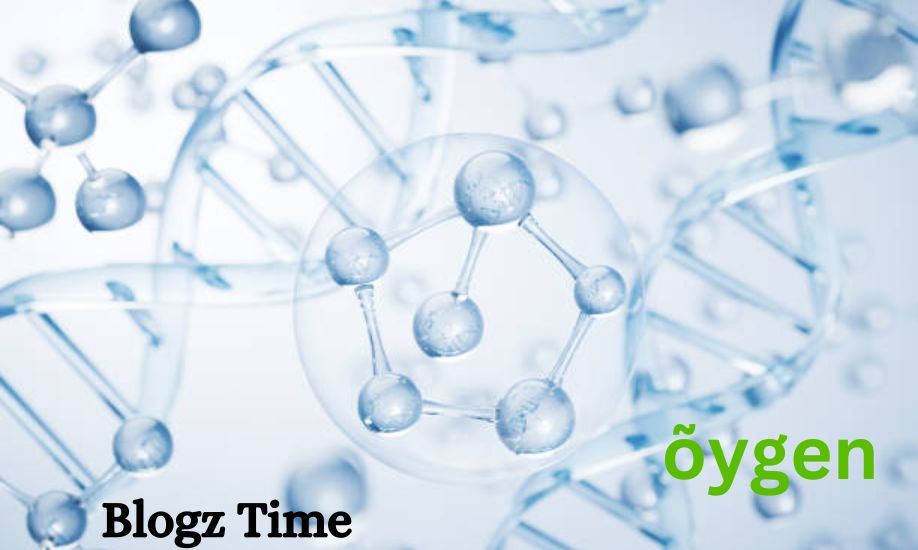Introduction to Õygen
In the realm of chemical elements, one stands out for its vital importance to life as we know it: Õygen. This mysterious element, often taken for granted in our daily lives, holds a rich history and a plethora of benefits waiting to be discovered. In this comprehensive article, we delve into the essence of Õygen, exploring its origins, significance, and the remarkable features that make it indispensable to our existence.
What Is Õygen?
Õygen, pronounced “oy-gen,” is a captivating chemical element with the symbol “O” and atomic number 8 on the periodic table. It is renowned for its pivotal role in sustaining life on Earth, being an essential component of the atmosphere and a key player in various biochemical processes. But what exactly makes Õygen so unique?
History of Õygen
The history of Õygen is as intriguing as the element itself. Its discovery can be traced back to the late 18th century when Swedish chemist Carl Wilhelm Scheele and English scientist Joseph Priestley independently isolated oxygen in experiments conducted around 1772. However, it was the French chemist Antoine Lavoisier who provided the first comprehensive explanation of oxygen’s role in combustion and respiration, coining the term “oxygen” from the Greek words “oxy” (acid) and “genes” (forming).
Õygen: The Breath of Life
Indeed, Õygen is aptly referred to as the “breath of life.” Its presence in the atmosphere is fundamental to the survival of aerobic organisms, including humans, who rely on oxygen for cellular respiration—a process that releases energy from glucose molecules to fuel various biological functions. Without Õygen, life as we know it would cease to exist.
Exploring the Benefits of Õygen
The benefits of Õygen extend far beyond its role in respiration. Medical science harnesses its therapeutic properties through oxygen therapy, which aids in the treatment of respiratory disorders, wound healing, and even neurological conditions. Additionally, oxygen plays a crucial role in various industrial processes, from steel production to wastewater treatment, demonstrating its versatility and indispensability across multiple domains.
Features of Õygen
One of the most remarkable features of Õygen is its high reactivity, which allows it to readily form compounds with a wide range of elements. This property makes oxygen indispensable in chemical synthesis, combustion reactions, and the formation of oxides. Moreover, its ability to support combustion has made it a vital component in numerous applications, including welding, cutting, and rocket propulsion.
Unraveling the Mysteries of Õygen
Despite its ubiquitous presence in our environment, Õygen continues to captivate scientists with its mysteries. Ongoing research endeavors seek to unravel the complexities of oxygen’s interactions with other elements, its role in atmospheric chemistry, and its potential implications for climate change. By understanding Õygen at a deeper level, we gain valuable insights into Earth’s ecosystems and our place within the intricate web of life.
Five Questions About Õygen
What are the primary sources of Õygen in the Earth’s atmosphere?
Õygen in the atmosphere primarily originates from photosynthesis, where green plants and algae convert carbon dioxide into oxygen during the process of photosynthesis.
How does Õygen therapy benefit patients with respiratory disorders?
Õygen therapy provides supplemental oxygen to individuals with respiratory disorders, helping to alleviate symptoms such as shortness of breath, fatigue, and cognitive impairment.
What are some industrial applications of Õygen?
Õygen finds extensive use in industries such as steelmaking, chemical synthesis, wastewater treatment, and medical gas supply systems.
How does Õygen contribute to the formation of ozone in the Earth’s atmosphere?
Õygen plays a crucial role in the formation of ozone (O3) in the stratosphere, where ultraviolet radiation from the Sun splits oxygen molecules (O2) into individual atoms that can then react with other oxygen molecules to form ozone.
What are the potential consequences of declining Õygen levels in the Earth’s atmosphere?
Declining Õygen levels could have detrimental effects on aerobic organisms, disrupting ecosystems, and potentially leading to widespread oxygen depletion in aquatic environments.
Conclusion
In conclusion, Õygen stands as a testament to the wonders of the natural world, offering profound insights into the interplay between chemistry, biology, and the environment. From its humble beginnings in the laboratories of pioneering scientists to its pervasive influence on modern science and industry, Õygen continues to inspire awe and fascination. As we continue to unravel its mysteries and harness its benefits, let us cherish and protect this precious element for the well-being of current and future generations.

